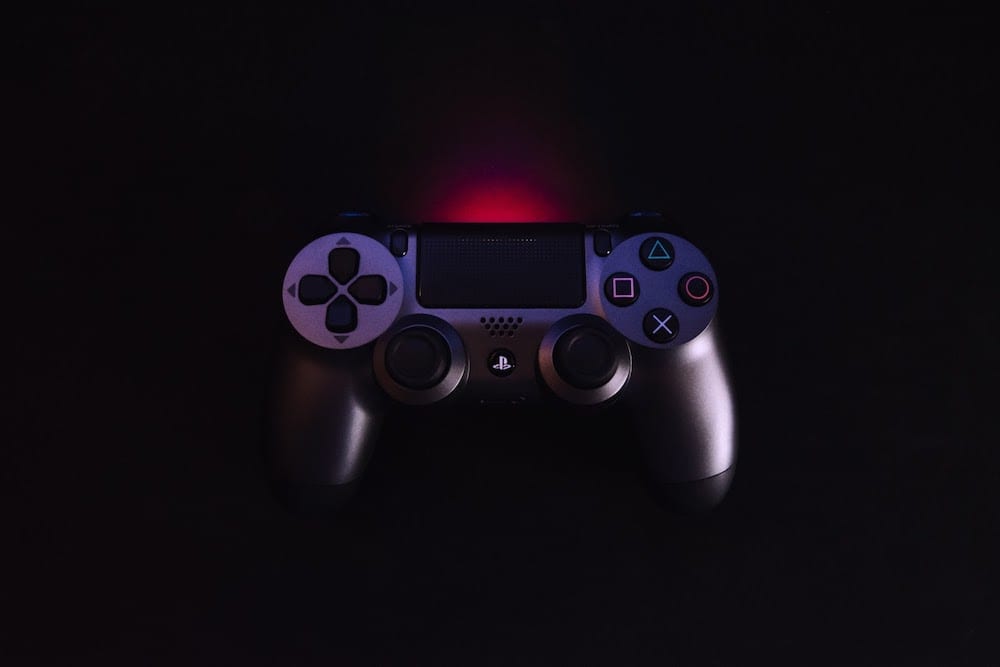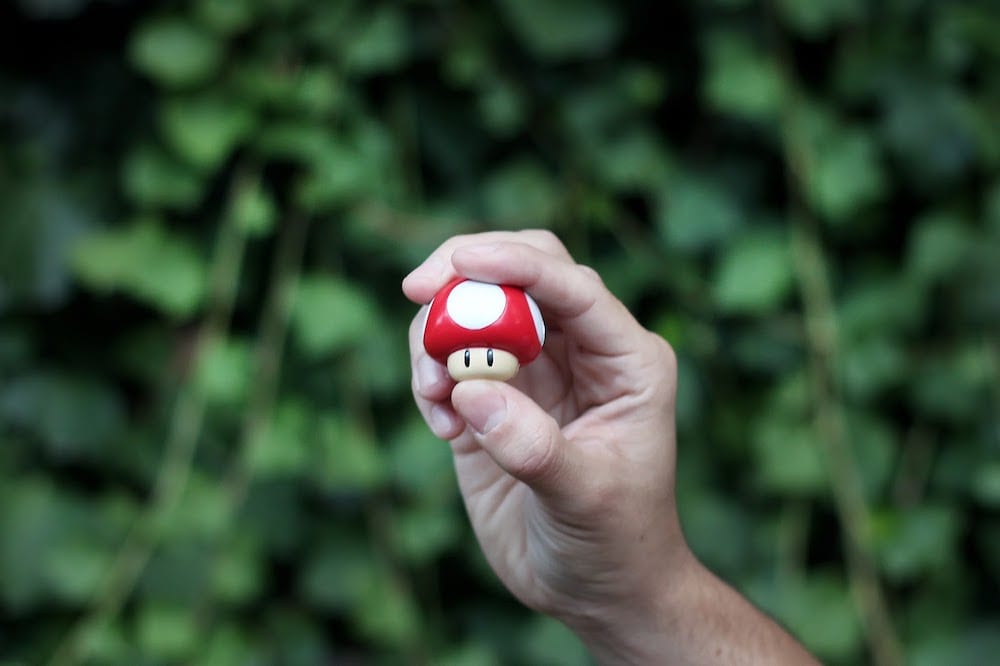A lot of work goes into making a video game. Big budget, AAA games have huge teams that take years to develop their games. As you might expect, the steps between the desire to make a game and a finished product are not random and spontaneous. Most big games require a plan and steps that need to be taken in order to produce a game. This is the game development process: those steps between a concept and the game that appears on store shelves.
The good news is this: there is no one correct set of video game development stages. Every team has its own individualized process. But there is one big delineation between processes that’s worth mentioning; the difference between small indie teams and large big-budget teams. Let’s take a look at an example process for both to see how games are made, and how we might create our own process for game design.
Big Budget: Game Development vs Game Design
The two terms Game Developer and Game Designer are often used interchangeably and for good reason. For many studios, especially smaller studios, team members wear both hats and cover the responsibilities for both fields. However, they are distinct positions, and many large teams tend to differentiate between the two. Here’s a breakdown to help make them clearer:
- Game Designers—Designers work on top-level concepts. They are the idea people who determine how the game will play, who the main characters are, concept art, what the target audience is, and other ‘planning’ stage decisions. Designers come up with the idea for the game.
- Game Developers—Developers are software engineers that work on the code and display art. They are where the rubber meets the road. Developers are the people writing lines and tweaking knobs to make the main character move and act in a way that matches the design. Developers take the idea and make it work.

Big budget, AAA games constitute the hot new releases for a console made by large design companies. These are games like Overwatch, Call of Duty, or Red Dead Redemption. They take countless man-hours to plan, build, and polish. For these games, having a strong design process is absolutely necessary: it would be too difficult to organize otherwise. Here are the main stages that most AAA studios stick to, separated into three phases.
Pre-production
Pre-production is all of the planning stages of a game. It’s where game designers are doing most of the work—brainstorming ideas for how the game will function, it’s characters, its look, and its story. These ideas will be changed, stripped, removed, or added throughout this process, so it makes sense to get it out of the way before the actual production begins. These are the typical stages of pre-production development:
- Pitch: The pitch is the raw idea for a game, usually in a short document format. It’s basically an essay on why this game will be good, make money, and is worth making. It’s used at greenlight meetings for management and then publishers to gain approval to start making a game.
- Concept: The concept is like a pitch but much more granular. It describes things like the proposed gameplay, the game’s features, setting and story, target audience, marketing analysis and team requirements, and estimated schedule. It’s around this time that the first code starts being put into place: with developers and designers creating rough prototypes for the game or its features. This is to show off these features to stakeholders and management before the game is fully approved.
- Game Design Document: Here the game design document is created. These are the specifications for the game, with more details than the concept, and it is a living document that will be referenced and modified for the duration of production.
- Prototype: The prototyping phase is where ideas for how the game should work is figured out. Here gameplay ideas and features are tested on paper to see if they will work with the rest of the game. This phase can begin before the game design document is started, and can even start at the pitch level.
Production
After the game is planned and approved the game moves into production. Here there is a call for all hands on deck, as the entire team joins the prototypers to start building the final version. Many of these stages overlap or happen concurrently as different teams work on the game at the same time:
- Design: The design process simply continues the work from pre-production, getting more granular and throwing out ideas that after testing don’t make the final cut. The only difference is that now instead of working on paper, the designers are working with an actual game in development. This step requires creativity and input from developers as well as designers. Most of the changes made here are logged in the design document for the rest of the team to see. Designers have to consider features, look, and level design during this process.
- Programming: The game’s programming is something that starts at an early stage, but it begins more officially during production. Often a custom game engine is required. However, even if an existing engine is used there is plenty of work for the programmers. They have to make the design a reality and fix any bugs along the way.
- Graphics and Audio: Artists have an enormous amount of work to do: creating every character, set piece, and visual effect in the game. On the same note, the audio production team must create all of the music, voiceover work, and sound effects and make sure they all blend well together.
- Testing: Testing is an important phase for games. Much time is spent with early Alpha and Beta releases—making sure the game plays as intended—and often involves public testing to see if the game functions in a live situation. This is the time when annoying bugs and undesirable gameplay features must be filtered out.
Post-Production
Post-production happens after the final, or gold, copy of the game is released. This stage happens when games are already on store shelves. It has a singular purpose: maintenance. Post-production involves patching any post-game bugs and working on any post-game content. Post-production work manifests as in-game patches and downloadable content.
As you can see the game design process for large companies is not a simple one. It requires thousands of man-hours and requires strict deadlines and production goals. However, the game design process doesn’t have to be so complex.
Indie Games

Indie games are the easiest way to break into the industry, and many indie games have become highly successful. Indie games are often much smaller in scope than AAA titles. The big-budget model is designed around large teams with discrete job roles. However, indie game studios have much smaller teams, often with each person wearing many hats, and on occasion, game production is done by sole individuals. Because of this, the development process used by big-budget studios is often cumbersome for small teams. The indie development process is significantly looser and more holistic than the big-budget model. Let’s look at a typical design process for indies and individuals.
Idea
At the idea stage, it’s all about considering the possibilities. It’s rare that an indie team would have to write a pitch for stakeholders or management, so this step is just about spitballing to find a good idea for a game.
Core Game
After settling on an idea, indie developers often start by getting the core of that idea functioning as quickly as possible. While some designers like to do more pre-production and planning first, it’s often very useful to have something real to serve as the seed that a game will grow out of. This could just be a stand-in character that can move around or the basic programming for how a puzzle game will work. More features will be added later as the design progresses. This is also the best time to select which engine or tools to use for the game: many of which are freely available.
Design
Deciding on a storyline, creating characters, developing maps and layouts, and thinking up gameplay models and features are at the core of the design process. Instead of being done by a discrete team of designers, this step is often made by the same people programming and creating art for the game.
Production
The production stage is much like the production stage above, except all mashed together. Instead of having a person for each role, only a couple of people are responsible for all of the games art, music, and programming. These steps are often done concurrently, and many are shared between teammates.
Testing
This stage is just as important for indie studios as it is for big-budget ones. Every game will have unexpected bugs and systems that need to be tweaked before the game is ready for the floor. This is usually performed by the same developers and designers who created the game, their patreon(or other crowdsource) followers, or their friends and family (depending on the studio).
In The End
Game design is a huge industry that continues to grow. More and more designers and developers are needed to create ever more fantastic worlds for players to explore. Indie or otherwise, there are many career opportunities for those interested in game design. If you are interested in changing careers and entering the gaming industry, consider enrolling in a gaming bootcamp today.
About us: Career Karma is a platform designed to help job seekers find, research, and connect with job training programs to advance their careers. Learn about the CK publication.



